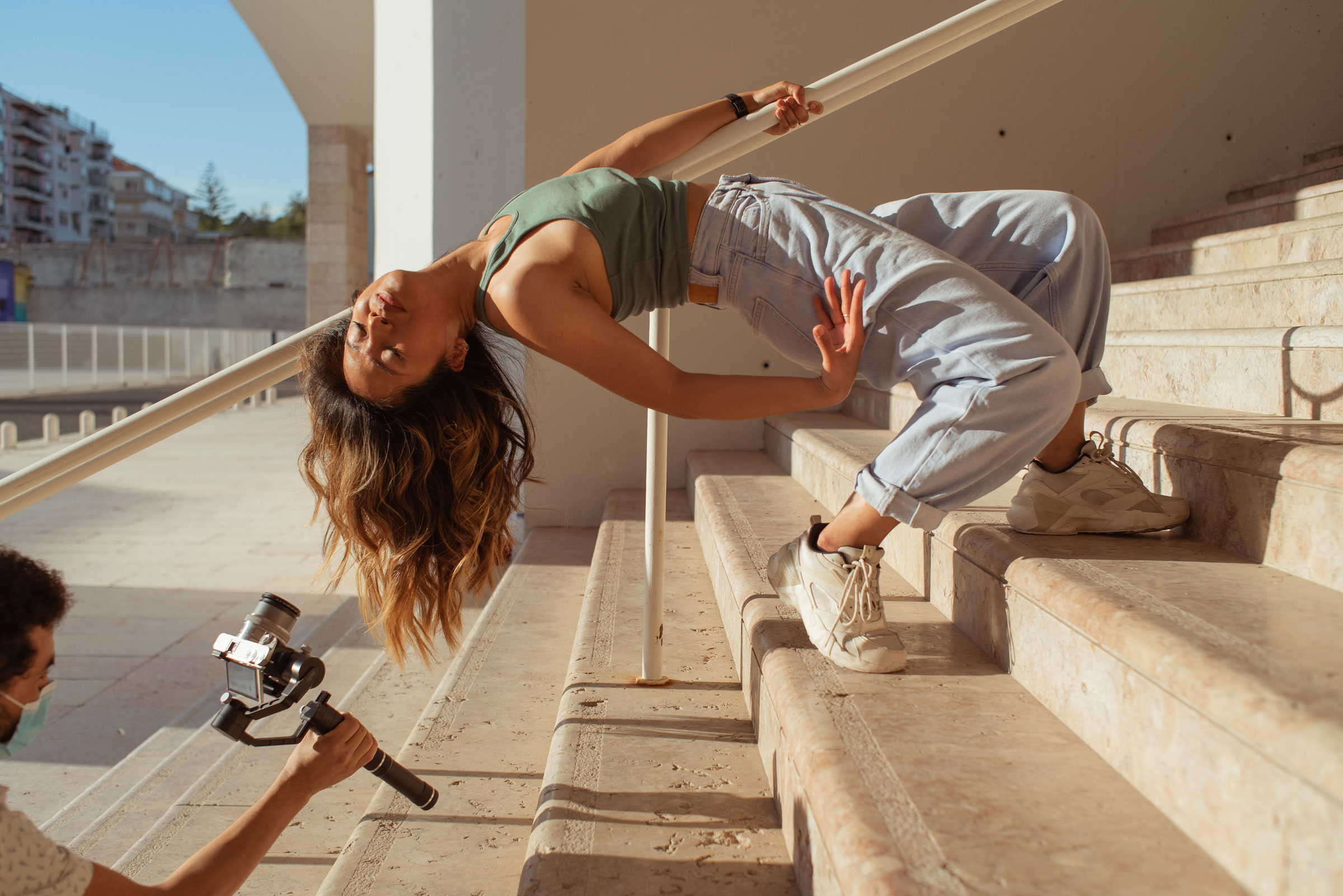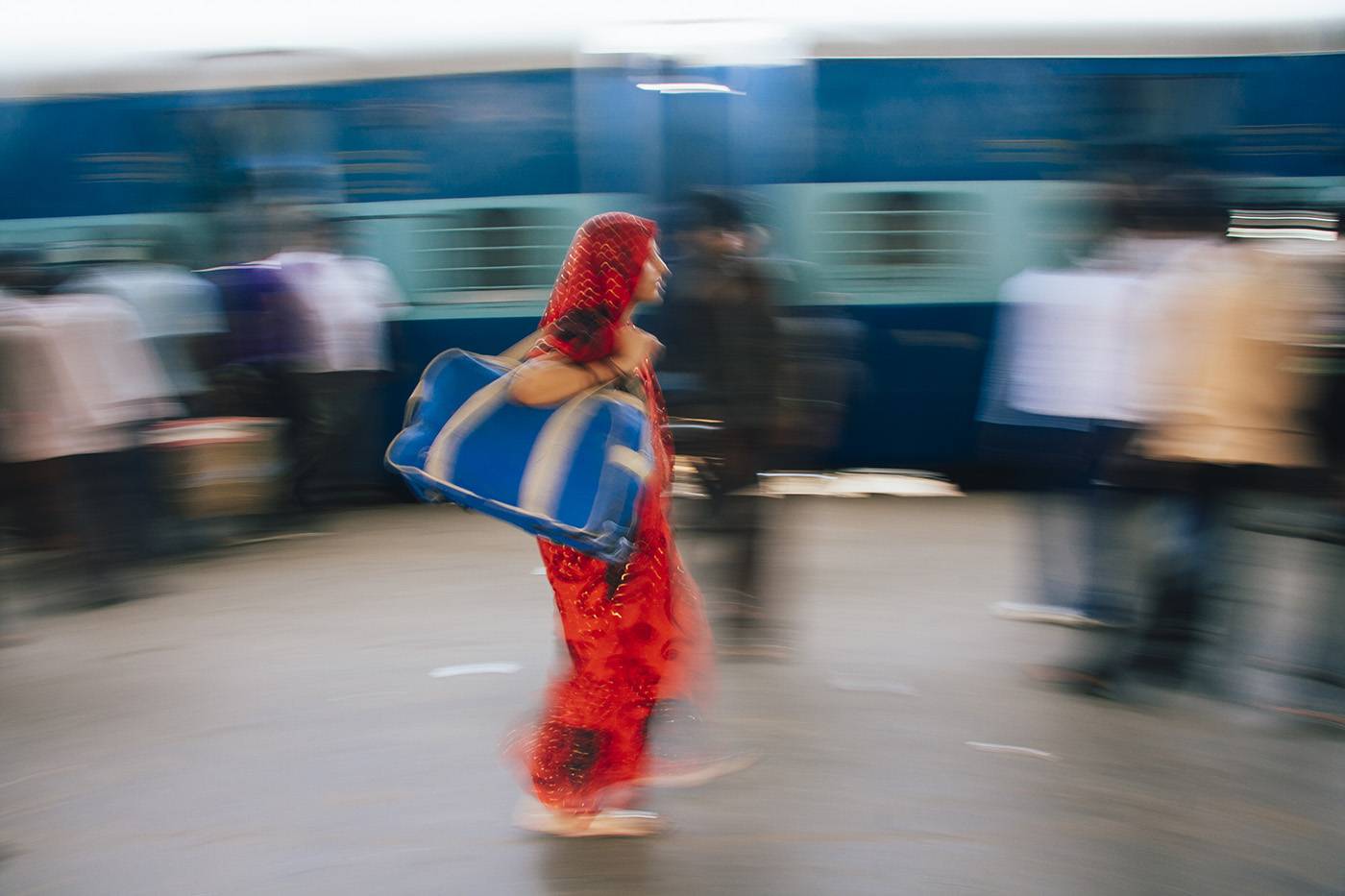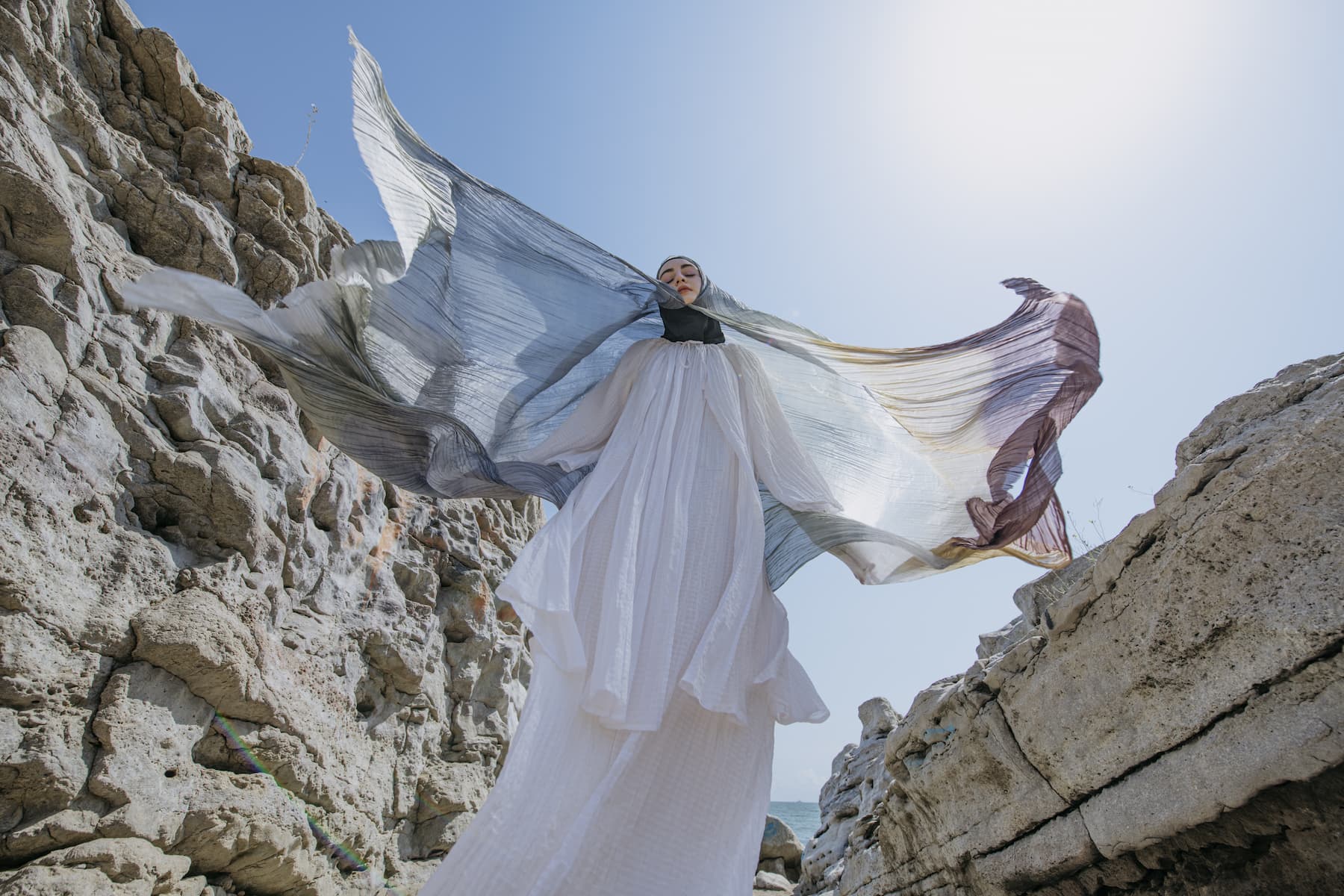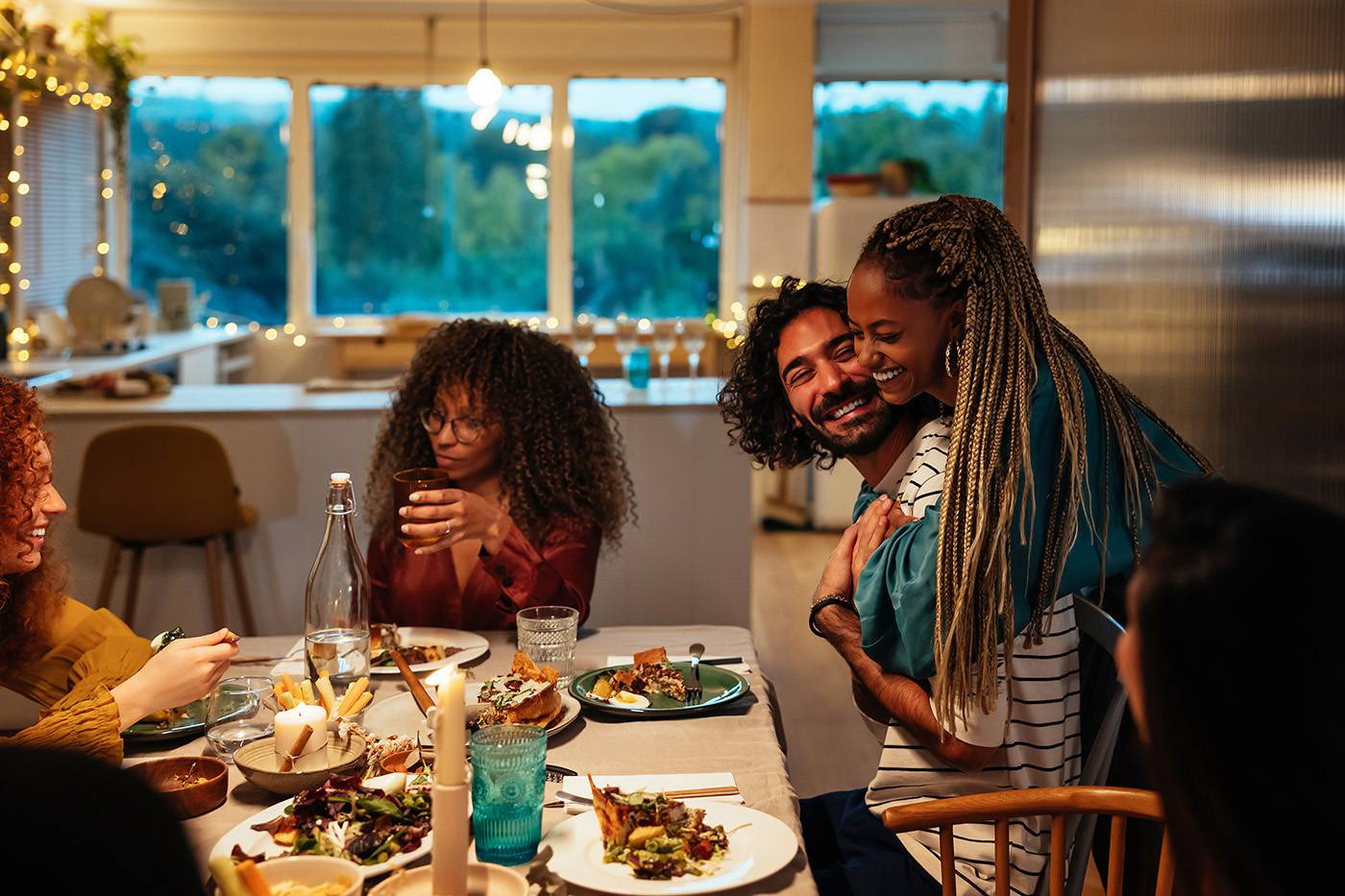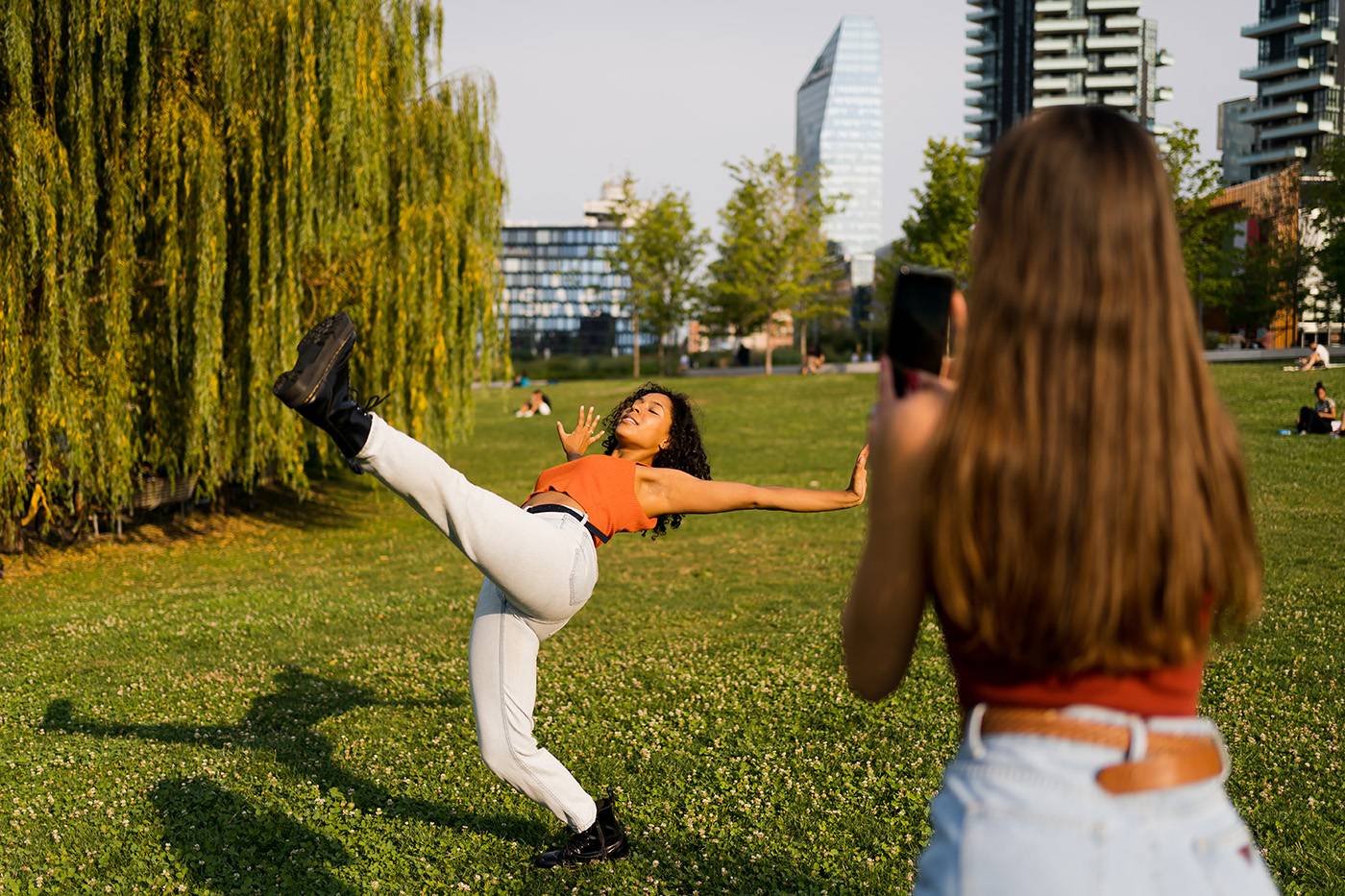Welcome to Episode 4 of our “Making the Fourth Wall” tutorial series from Stocksy. Each week, our video team will be helping you learn more about how to tell stories with video.
In this episode, we take a look at the principles of motivated and intentional camera movement. A still or locked-off video shot can be powerful within a certain context, however, if you really want to elevate the quality and cinematography of your videos, knowing when, why and how to use camera movement techniques are some of the most important things you’ll ever learn about video storytelling. Let us show you how!
Episode 4: Camera Movement
Motivated Camera Movement
Camera movement should always have a purpose for supporting your storyline. If movement isn’t something you’re looking to do, investing in gimbals or shoulder rigs will help to keep your camera steady while filming. Remember, a small movement while filming will always show up larger on screen. Your lens focal length can also help to keep things steady — the shorter the lens, the less the camera movements will have a shaky impact.
Intentional Camera Movement
When speaking of intention, think about what you want your audience to feel. If they are meant to be more of a spectator, then panning can be a useful tool. If you want your viewers to feel more like they are “in the shot”, try focusing on a subject like a person and follow them through the shot. You can also try “push in” and “push out” techniques to add importance and emotional depth to a scene.
✨Happy shooting! Peruse Stocksy’s video collection for some filmmaking inspiration
As a filmmaker, director, game designer and podcaster, George Georgeadis is always looking for opportunities to embrace his love of storytelling. In his free time, you’ll find him designing board games, lost in the world of VR, travelling with his husband, stargazing or enjoying his home theatre and movie memorabilia collection.







